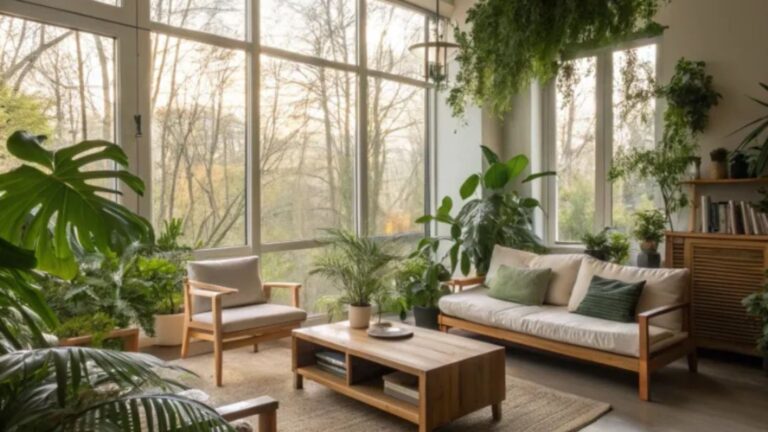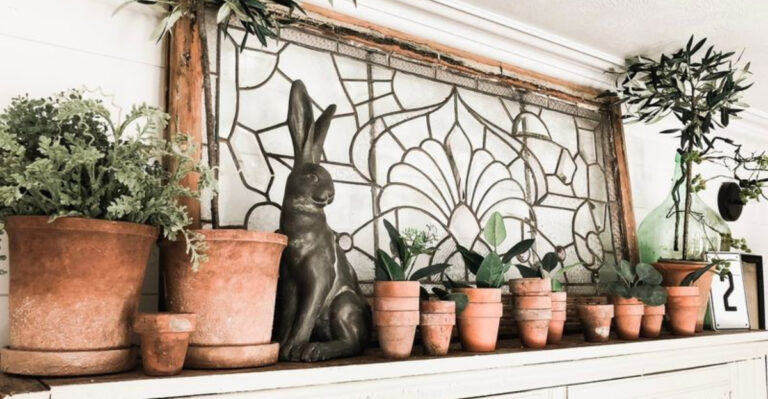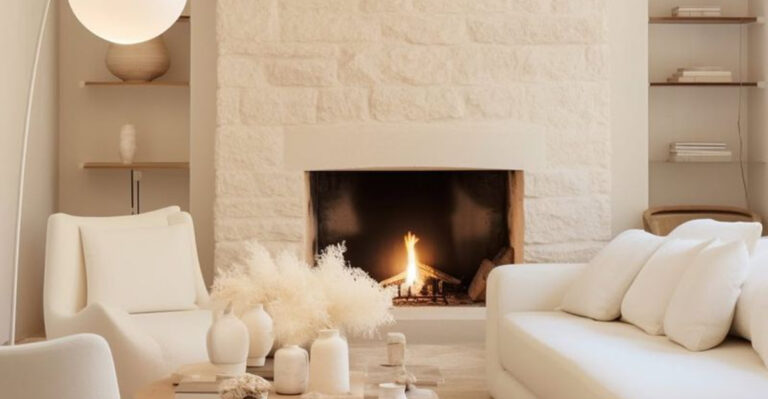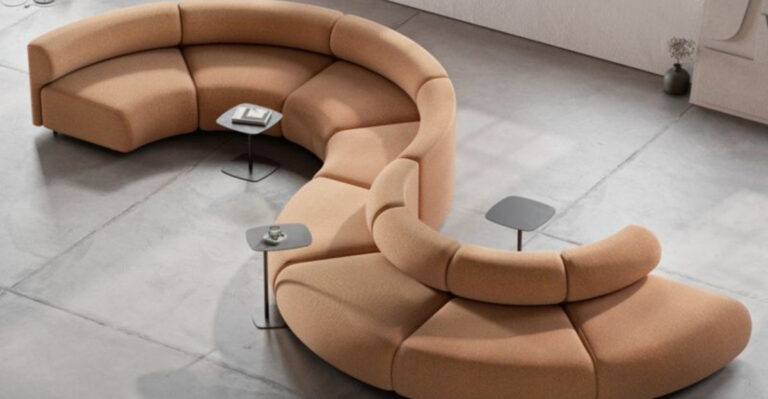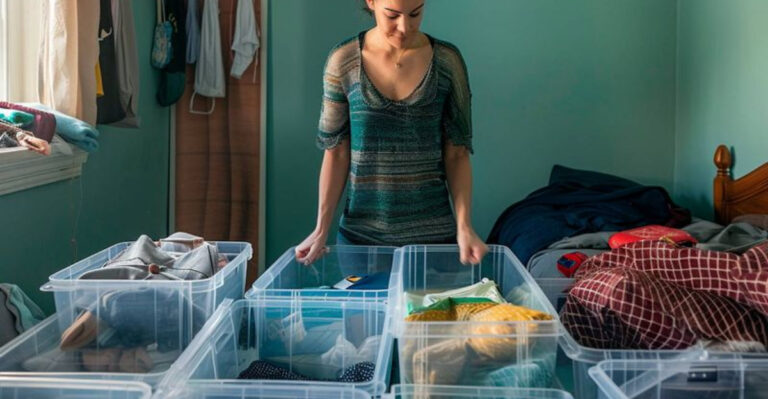Choose The Perfect Wood For Your DIY Bookshelves With These 15 Must-Know Tips
Building your own bookshelves? It’s one of those DIY projects that can completely change the vibe of a room, plus, you get to showcase your favorite books!
But here’s the thing: not all wood is created equal. Trust me, I learned this the hard way when my shelves started sagging under the weight of my beloved novels.
The right wood choice can make all the difference. I’ve discovered that sturdy, long-lasting wood not only keeps everything in place but adds a touch of elegance that can last for years.
1. Consider The Weight Load First
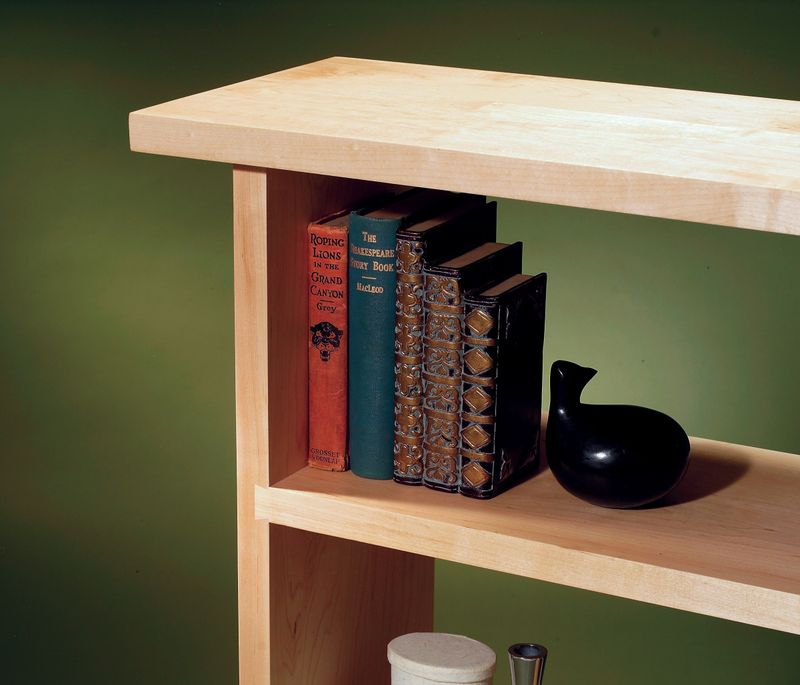
Books are heavy little monsters! A single shelf of hardcovers can weigh upwards of 30 pounds. Softwoods like pine might buckle under your favorite fantasy series.
Hardwoods such as oak and maple offer superior strength for loaded shelves. When planning your project, calculate approximately 20 pounds per linear foot of shelf space to determine if your chosen wood can handle your collection.
2. Plywood Offers Surprising Benefits
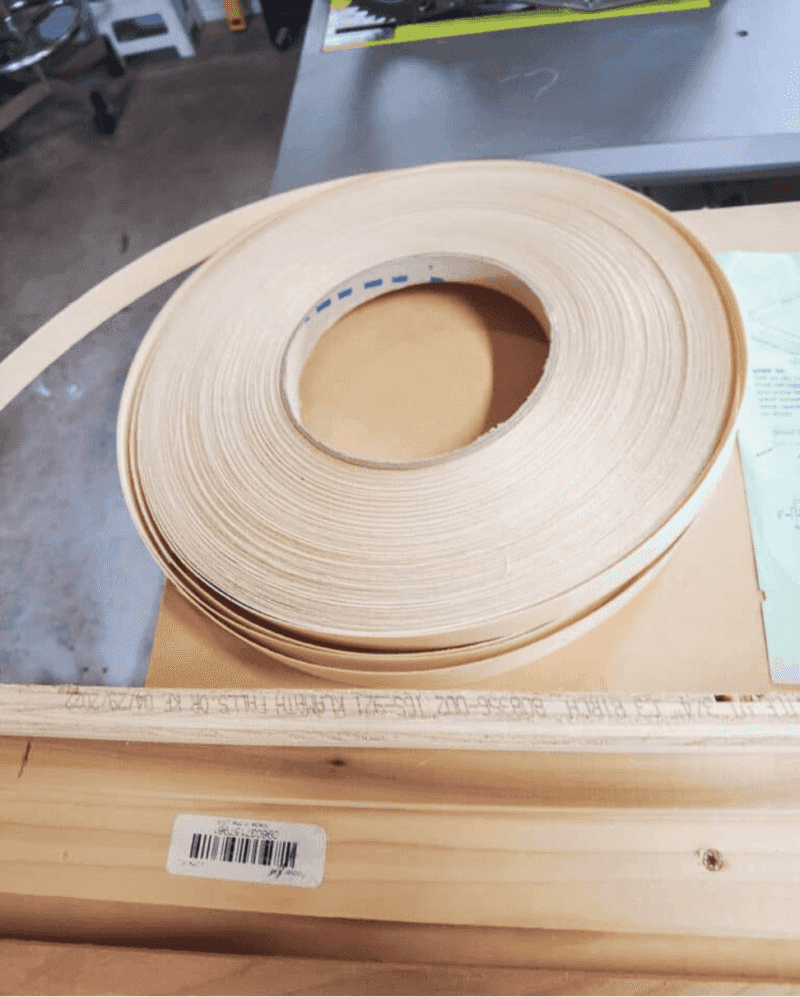
Though it doesn’t have the prestige of solid wood, plywood deserves serious consideration for your shelving project.
Modern plywood comes in beautiful veneers that mimic expensive hardwoods at a fraction of the cost. If properly edged, most guests won’t even notice it’s not solid wood!
Plywood’s cross-laminated construction provides excellent resistance to warping and maintains dimensional stability even with changing humidity levels.
3. Hardwoods Provide Longevity
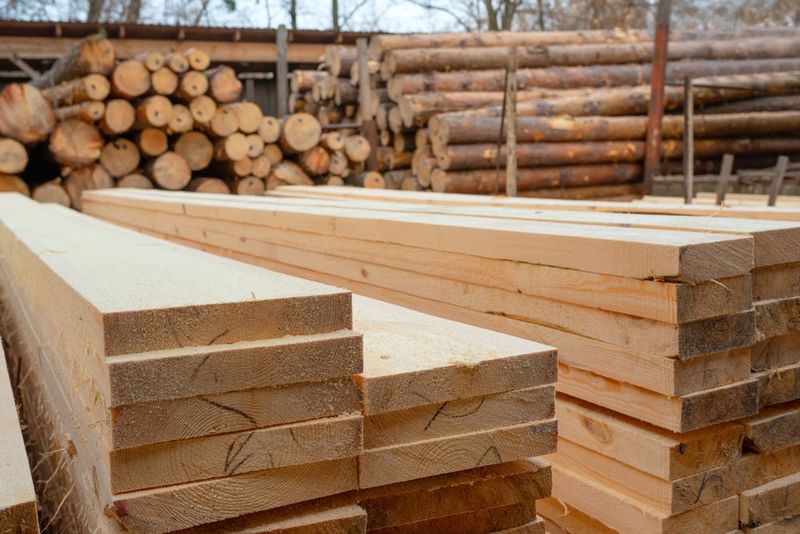
Oak, maple, and walnut might cost more upfront, but they’ll outlast softer alternatives by decades. Hardwoods resist dents when heavy books are dropped or shelved roughly.
Many family heirloom bookshelves are crafted from these durable materials for good reason. The dense grain structure of hardwoods also holds screws and joinery better, creating sturdier connections between shelf components that won’t loosen over time.
4. Budget-Friendly Pine Has Its Place

Sometimes your wallet dictates your choices. Pine remains popular because it’s affordable and widely available at any home center.
For lightweight collections or decorative shelving, pine performs admirably. The softwood takes stain beautifully, allowing you to match existing furniture.
Just remember to use thicker boards (at least 1-inch) for pine shelves and support them every 30 inches to prevent the dreaded middle-shelf sag.
5. Understand Wood Movement
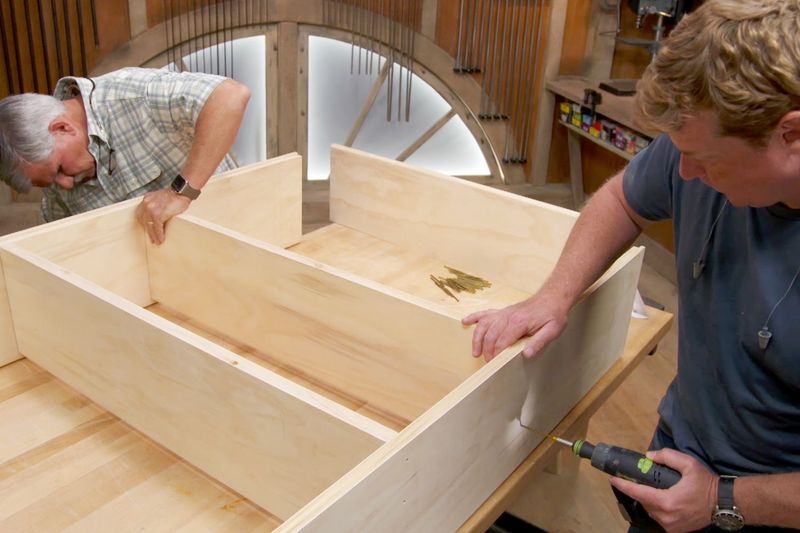
Wood is alive even after being cut! It expands and contracts with seasonal humidity changes. Ignoring this natural property leads to cracked shelves and wobbly joints.
Quarter-sawn lumber moves less than flat-sawn boards. Maple and cherry have moderate movement, while oak and hickory move significantly.
Allow for movement in your design by using proper joinery techniques rather than fully gluing large solid wood panels.
6. MDF Works For Painted Shelves
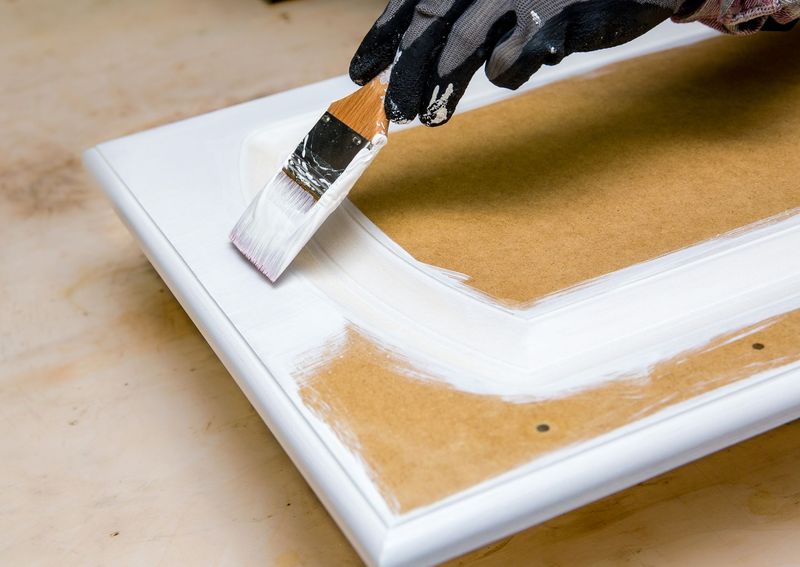
Planning to paint your shelves? Medium Density Fiberboard (MDF) offers a perfectly smooth surface without grain texture showing through your finish.
MDF cuts cleanly with minimal splintering. Unlike solid wood, it won’t expand and contract, preventing paint cracks along joints.
Just watch out for its weight – MDF is heavier than natural wood and doesn’t hold screws as well unless you use special fasteners or pre-drill properly.
7. Know Your Grain Patterns
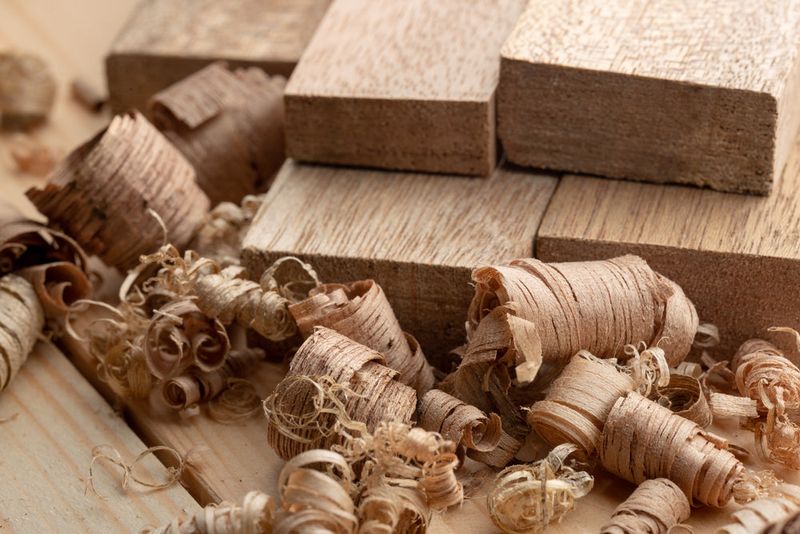
Grain isn’t just about looks – it affects strength too! Boards with straight grain provide more support than those with wild or irregular patterns.
For maximum shelf strength, position boards so the growth rings curve downward at board edges (like a smile, not a frown).
This natural arch works against gravity instead of with it. When selecting lumber, look for tight, consistent grain patterns without knots in areas that will bear weight.
8. Engineered Woods Offer Stability
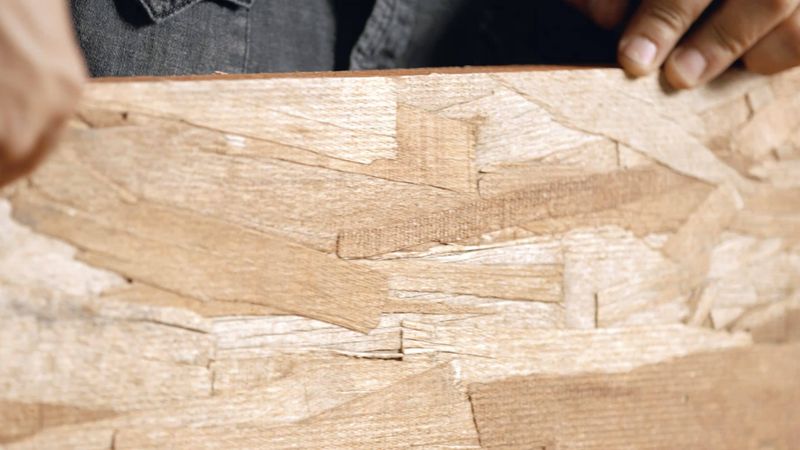
Beyond plywood and MDF lies a world of engineered wood products perfect for shelving. Laminated veneer lumber (LVL) and parallel strand lumber (PSL) were developed for structural building applications.
These materials resist warping better than natural wood while providing exceptional strength. Though not as pretty as solid wood, they make excellent core materials for shelves that can be wrapped with thin hardwood for appearance.
9. Match Wood To Room Humidity
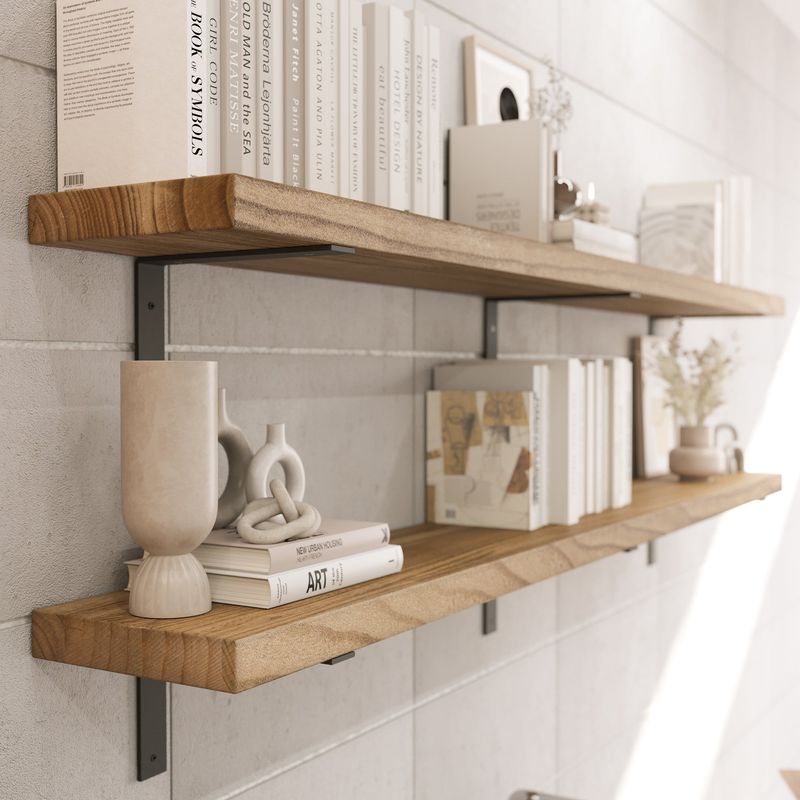
Bathrooms and kitchens are bookshelf danger zones! High moisture environments cause wood to swell, while heated winter air causes shrinkage.
Cedar and cypress naturally resist moisture damage, making them smart choices for humid spaces. Alternatively, sealed plywood with multiple coats of polyurethane provides excellent moisture resistance.
For dry environments like heated homes in winter, softer woods may crack without humidification.
10. Reclaimed Wood Adds Character
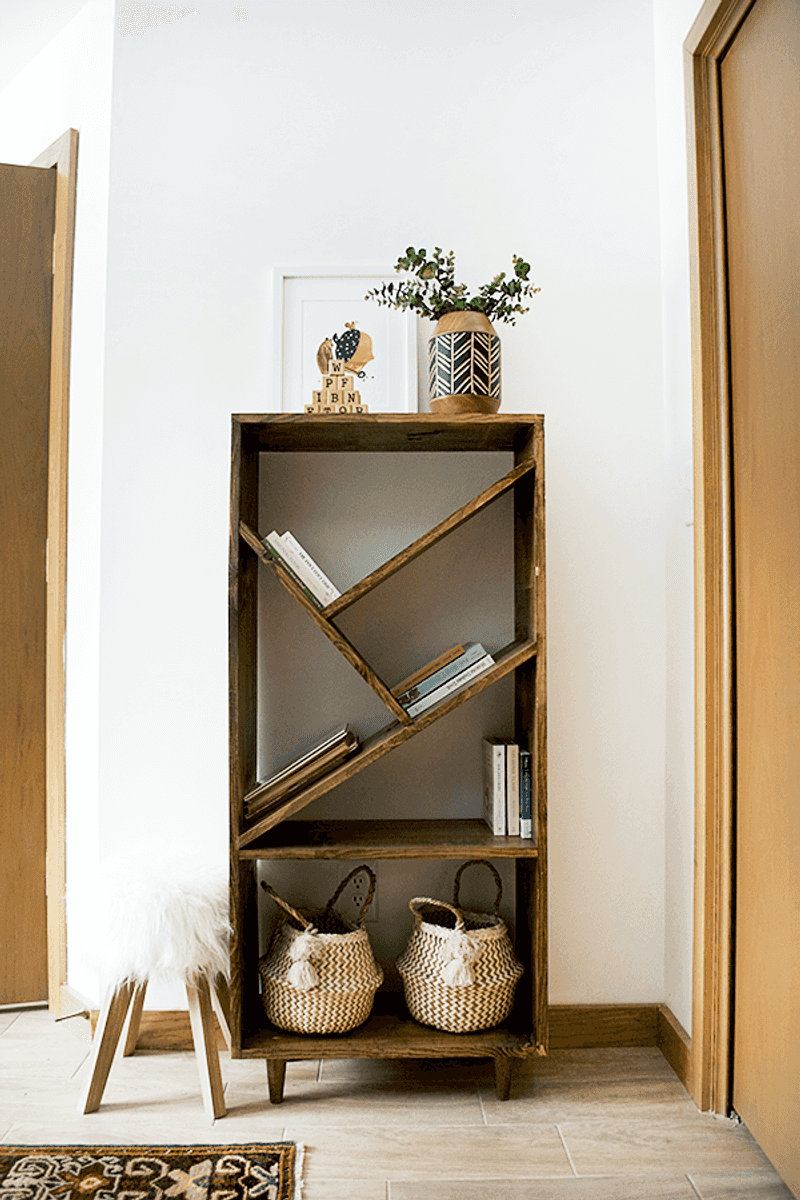
Old barn beams and factory flooring make stunning bookshelves with stories to tell! Reclaimed wood has already done most of its moving and twisting, resulting in exceptional stability.
The weathered patina and unique markings can’t be replicated with new materials. However, inspect reclaimed pieces carefully for structural integrity and hidden metal like nails or staples that could damage your tools during cutting.
11. Thickness Matters More Than You Think
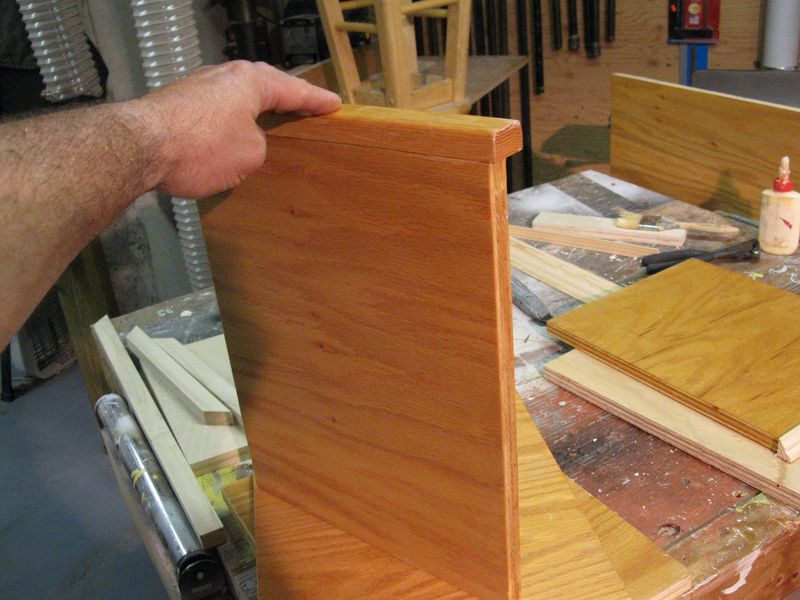
Skinny shelves lead to saggy books! For solid wood shelves longer than 30 inches, you’ll need at least 3/4-inch thickness for paperbacks and 1-inch for hardcovers.
When using plywood, go up one thickness grade since it’s slightly less rigid than solid wood. A clever trick: add a small wooden strip to the front edge of your shelf.
This 1×2 lip adds tremendous rigidity while creating a design feature that prevents books from sliding off.
12. Exotic Woods Create Statement Pieces
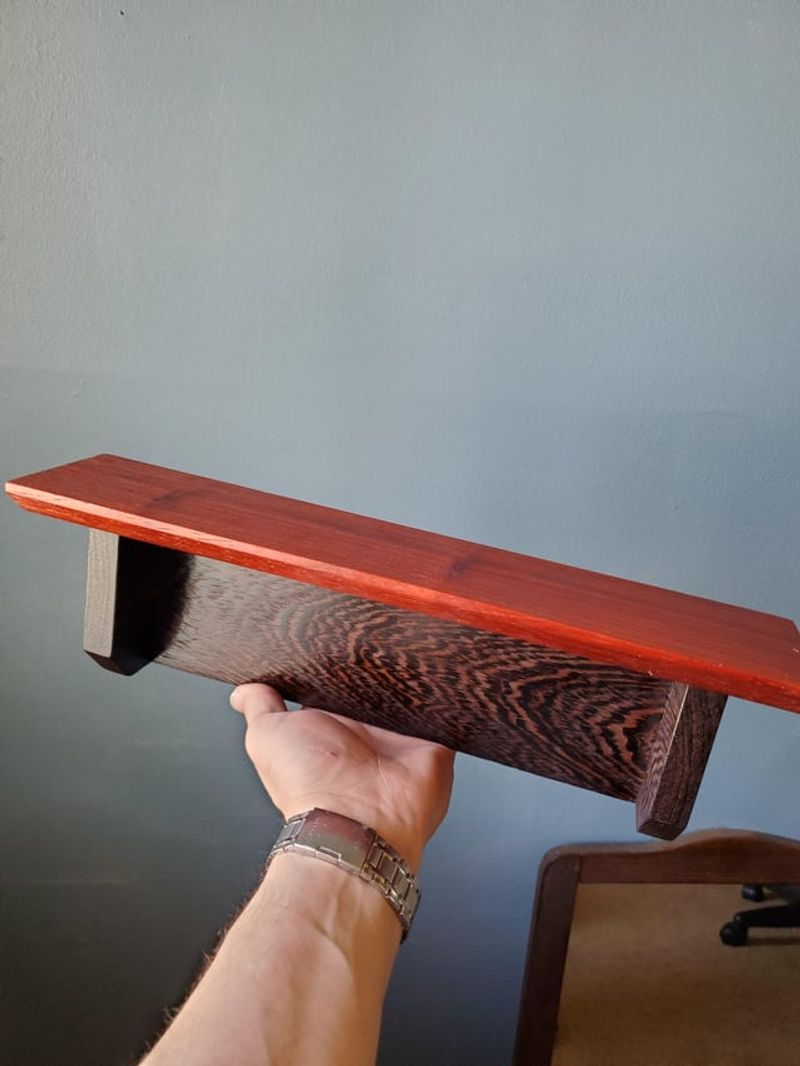
Why settle for ordinary when purple heartwood or zebrawood can make your shelves conversation starters? Exotic species offer unique colors and grain patterns impossible to find in domestic woods.
Purpleheart provides exceptional hardness and a naturally purple hue that deepens with age. Bubinga and padauk offer reddish tones with remarkable strength.
Just prepare for higher prices and check that your source uses sustainably harvested materials.
13. Consider The Finishing Requirements
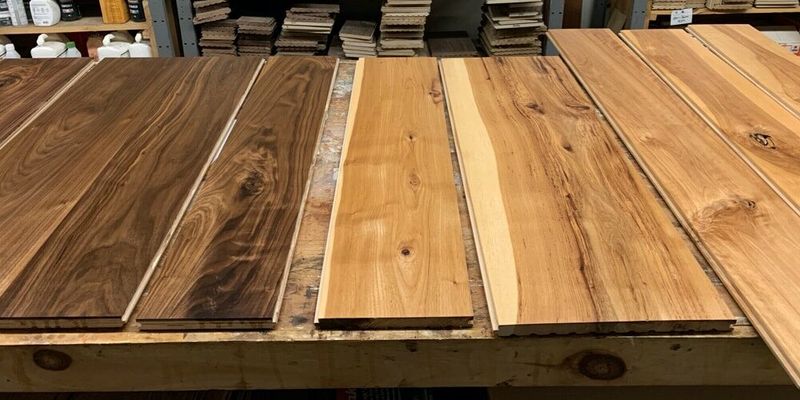
Some woods fight you during finishing! Open-grained species like oak and ash require filling before staining to achieve a smooth surface.
Cherry and maple are notoriously difficult to stain evenly without blotching. Walnut and mahogany, however, finish beautifully with minimal effort.
For beginners, consider pre-finished plywood which eliminates the entire finishing process while providing a consistent, durable surface right from the start.
14. Factor In Tool Requirements

Your workshop setup should influence your wood choice. Hardwoods like maple and oak dull tools faster and require more powerful equipment to cut and shape.
Working with MDF creates fine dust that demands excellent ventilation and respiratory protection. Plywood’s thin veneers can chip easily when cut without a fine-toothed blade.
If you’re limited to basic tools, pine and poplar are forgiving woods that work well with hand tools and entry-level power equipment.
15. Sustainable Options Matter
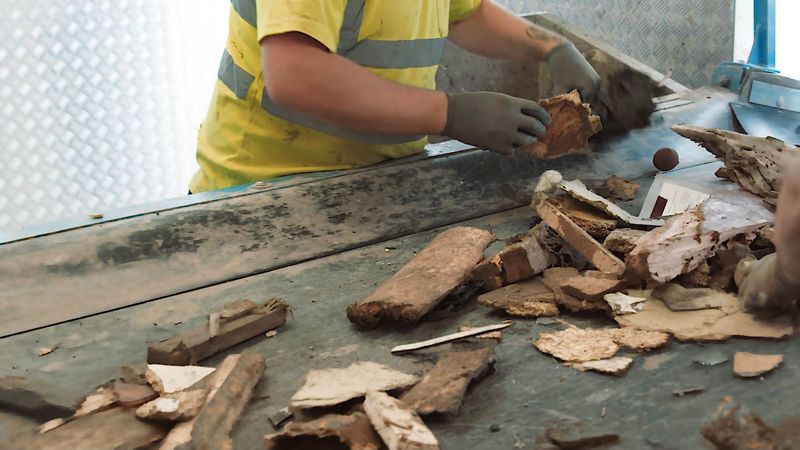
Your bookshelf can be beautiful AND eco-friendly! Look for FSC-certified woods harvested from responsibly managed forests.
Bamboo, though technically a grass, makes excellent shelving material and regrows incredibly fast. Domestic woods often have smaller carbon footprints than imported exotic species.
Another green option: urban-harvested lumber from trees removed from cities and towns that would otherwise become waste. These sustainable choices let your conscience rest as easy as your books.


